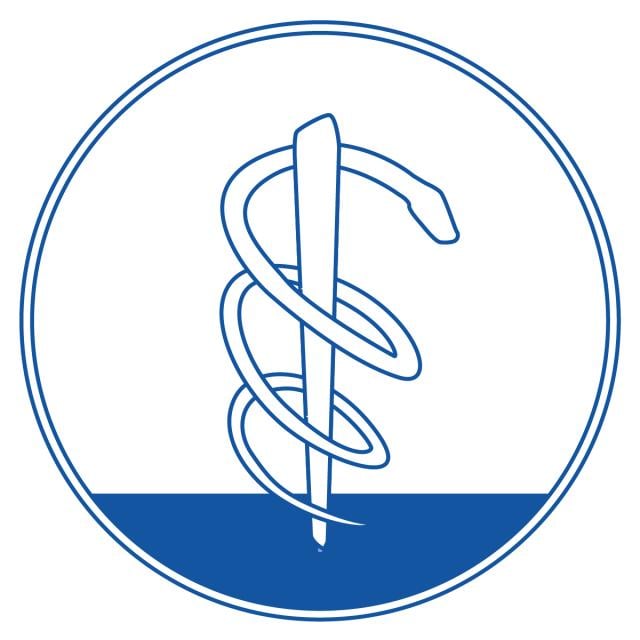MOOC List is learner-supported. When you buy through links on our site, we may earn an affiliate commission.

MOOC List is learner-supported. When you buy through links on our site, we may earn an affiliate commission.
By the end of the course, you will be able to:
1) understand the history and components of the EMS system,
2) speak the language of medicine with basic medical terminology, as well as have an understanding of basic human anatomy,
3) understand the different types of communications and how they are specific to EMS,
4) take vital signs and master the normal from the abnormal, and
5) master personal and scene safety, and begin the process of patient assessment.
Course 1 of 6 in the Become an EMT Specialization.
Syllabus
WEEK 1
Introduction to Emergency Medical Technician (EMT)
In this module, you will learn about the nuts and bolts of the emergency medical services system. We will cover some brief history of EMS, as well as breakdown the different components of the system. There will be discussion about some of the medical and legal issues that are persistent in the practice of prehospital medicine. We will also address workplace safety and provider wellness, because you cannot take care of other people unless you are learning to take care of yourself!
WEEK 2
Basic Human Anatomy
In this module, we will learn a new language. This module will cover basic medical terminology and some tips and tricks for “talking the talk.” This is also where we will cover the basics of anatomy of the human body! We will teach you the basics of human anatomy of the musculoskeletal, cardiovascular, pulmonary, abdominal, neurologic and endocrine system.
WEEK 3
Communication With A Healthcare Provider
Essential to emergency medical services is communication. This module will discuss the various parts of the job that require communication and the different strategies to employ clear and concise communication. You will learn about the SBAR method of hand off reports, learn how to successfully communicate with patients, and we will cover some pearls and pitfalls to communicating within the EMS system.
WEEK 4
Vital Signs and History Taking
Here we will cover vital signs, and learn about why they are vital! We will be teaching you how to take a blood pressure, respiratory rate, pulse, and assess a patient’s skin. We will also learn about taking a history during a patient encounter, and learn some standard approaches to this including the OPQRST and AMPLE templates of history taking.
WEEK 5
Immediately Upon Arrival To The Scene
In this last module, we will be discussing some bread and butter components of EMS. The first is scene safety and assessment of a scene. Then we will cover the complete assessment of a medical patient, and a trauma patient, using the national registry as our guideline. By the end of this, you will know how to communicate with patients and how to perform a thorough assessment of any patient you may encounter.
MOOC List is learner-supported. When you buy through links on our site, we may earn an affiliate commission.
MOOC List is learner-supported. When you buy through links on our site, we may earn an affiliate commission.
